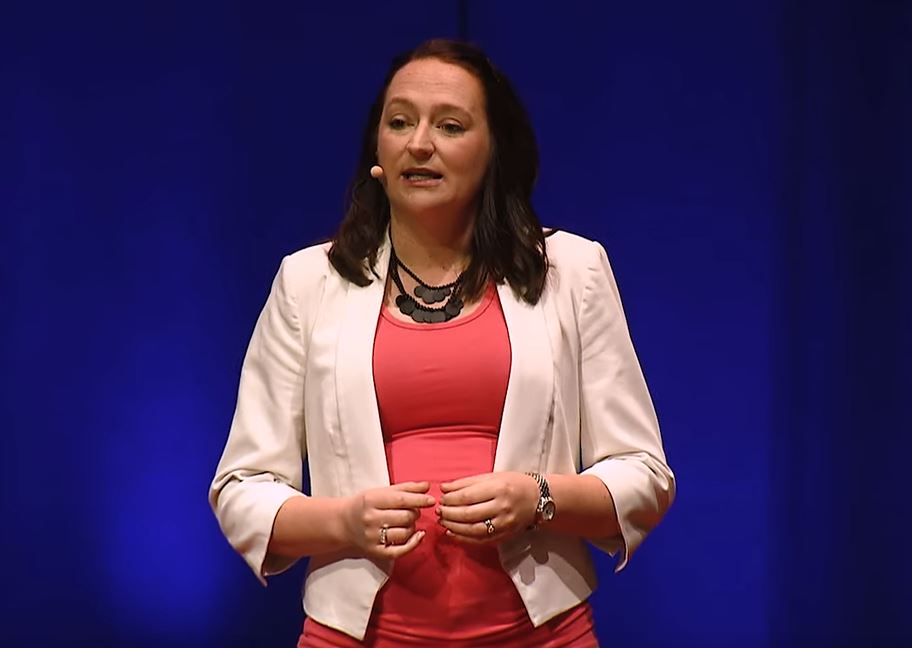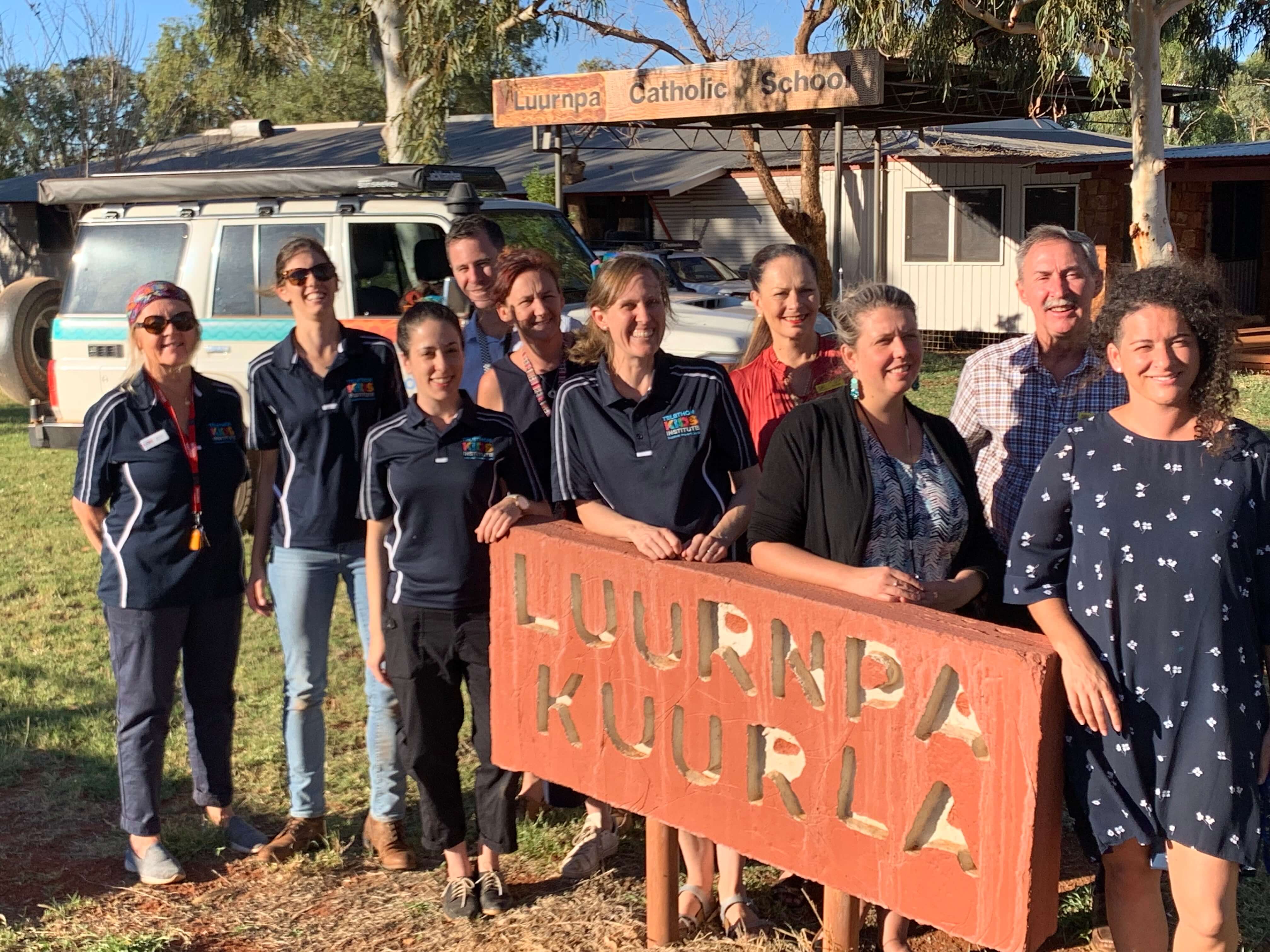Search
Research
Consensus guidelines for antifungal stewardship, surveillance and infection prevention, 2021Invasive fungal diseases (IFD) are serious infections associated with high mortality, particularly in immunocompromised patients. The prescribing of antifungal agents to prevent and treat IFD is associated with substantial economic burden on the health system, high rates of adverse drug reactions, significant drug-drug interactions and the emergence of antifungal resistance.

News & Events
Sharing the power of data at TEDx PerthDr Hannah Moore was one of WA’s brightest minds chosen to speak at TEDX Perth in November last year, presenting her insights into the power of data in fighting infectious diseases to a sold-out crowd at the Perth Concert Hall.
Research
Epidemiology of intussusception before and after rotavirus vaccine introduction in FijiThe incidence of intussusception pre-rotavirus vaccine in Fiji is low
Research
Infection characteristics and treatment of Staphylococcus aureus bacteraemia at a tertiary children's hospitalThere is a wide spectrum of disease severity in paediatric Staphylococcus aureus bacteraemia
Research
Ascertaining infectious disease burden through primary care clinic attendance among young Aboriginal children living in four remote communities in Western AustraliaImproved public health measures targeting bacterial skin infections are needed to reduce this high burden of skin infections in Western Australia
Research
Geographical disparities in emergency department presentations for acute respiratory infections and risk factors for presentingOne in four ED presentations in WA children are for ARIs, representing a significant out-of-hospital burden with some evidence of geographical disparity
Research
Safety and Immunogenicity of MF59-Adjuvanted Cell Culture-Derived A/H5N1 Subunit Influenza Virus Vaccine: Dose-Finding Clinical Trials in Adults and the ElderlyIn adult and elderly participants, the full-dose aH5N1c vaccine formulation was well tolerated and met US and European licensure criteria for pandemic vaccines
Research
Production of IgG2 Antibodies to Pneumococcal Polysaccharides After Vaccination of Treated HIV Patients May Be Augmented by IL-7Rα Signaling in ICOS + Circulating T-CellsOur findings suggest that utilization of IL-7 by cTFH cells affects production of IgG2 antibodies to PPV23 antigens in some HIV patients

News & Events
First week of school visits mark official launch of the SToP TrialThe The Kids Skin Health team has a busy six weeks ahead - visiting nine communities throughout the Kimberley region of WA as part of the first school surveillance activities for the SToP Trial.
Research
Lessons learned from a hospital-wide review of blood stream infections for paediatric central line-associated blood stream infection preventionHealth care-associated bacteraemia has a significant impact on child health, exceeding the number of community-acquired bacteraemia at our hospital
